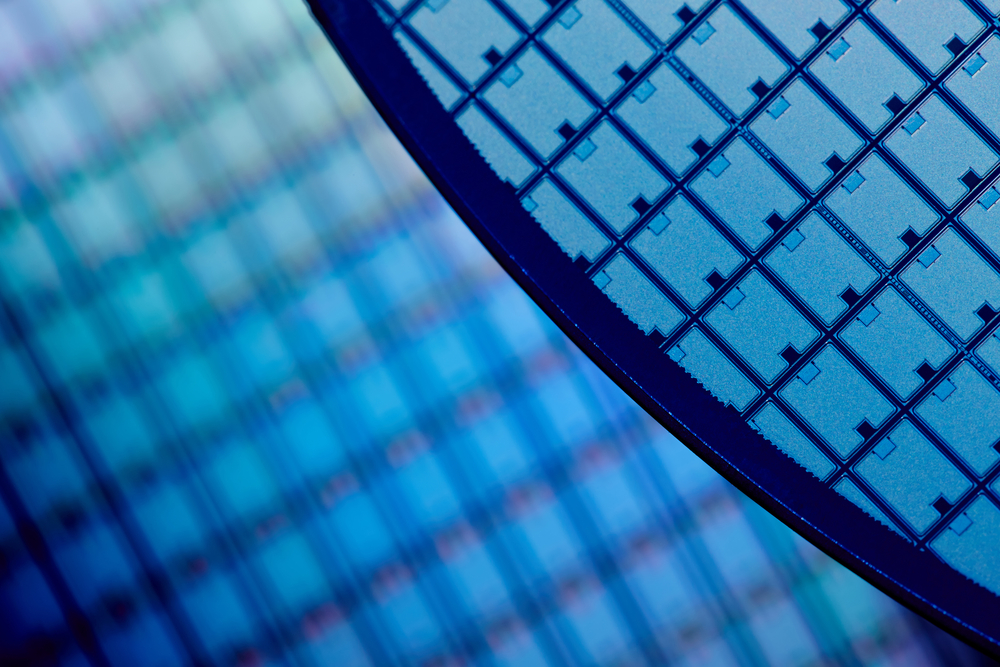KAUST predicts polarisation-free III-nitride heterojunctions on c-plane

Researchers show how the interface polarisation of III-nitride heterojunctions can be engineered by employing BAlN and BGaN alloys
III-nitride semiconductors grown on c-plane substrates have been widely employed for optoelectronic devices such as visible and UV LEDs and lasers. However, they can exhibit strong spontaneous polarisation and piezoelectric polarisation. The polarisation can lead to quantum-confined Stark effect resulting in considerably reduced electron-hole wavefunction overlap in the active region of the LEDs and lasers. The end result is red shift of emission wavelength and lower quantum efficiency undesirable for high device performance.
Over the last two decades, researchers all around the world have applied various methods to minimise the polarisation, including nonpolar/semipolar substrates, cubic structures, and nanorod structures. However, these methods are often costly or less mature that are not practical for low-cost applications.
Recently, boron nitride and its ternary alloys with AlN and GaN (i.e. BAlN and BGaN) have attracted much attention due to their unique electronic, structural, and optical properties. Amid global efforts in understanding their fundamental properties, The research team led by Xiaohang Li at King Abdullah University of Science and Technology (KAUST) in Saudi Arabia has performed detailed studies to investigate the polarisation properties of BAlN and BGaN ternaries with different boron compositions.
The first important thing Li's team observed is the large nonlinearity for both spontaneous polarisation and piezoelectric constants over the material composition range. Therefore, obtaining ternaries' constants by linear interpolation of the binaries' constants would not be accurate. "Besides, the piezoelectric constants of BAlN and BGaN can nearly vanish at certain B compositions, which indicates that there will be no or little piezoeletric polarisation for these layers even when they are under large strain," said the leading author Kaikai Liu, a student sponsored by KAUST's Visiting Students Research Program (VSRP) from School of Physics at Huazhong University of Science and Technology (HUST).
Moreover, Li's research team explored the interface polarisation of various heterojunctions on c-plane. With large range of spontaneous and piezoelectric constants of BAlN and BGaN, the interface polarisation can change greatly. Interestingly, the interface polarisation can become zero at various material compositions, thereby offering potential QCSE-free heterojunctions for the active region of the LEDs and lasers.
"On the other hand," Li added, "the interface polarisation can become very large at other compositions, which can be applied for the formation of high-density two-dimensional electron gas (2DEG) for power or sensing devices."
This work has been sponsored by KAUST Baseline, KAUST VSRP Program, and GCC Research Grant.
'Wurtzite BAlN and BGaN alloys for heterointerface polarisation engineering'; Applied Physics Letters 111(22), 222106 (2017).


































